Zhangjiajie Banks on Natural Splendor
2016-12-20 17:59:53
The unique sandstone forest landscape earns Zhangjiajie a name on both the UNESCO Natural Heritage and World Geopark lists. Photos Provided to China Daily

The Jinbian Creek at the heart of the nature reserve represents the best of Zhangjiajie with perpendicular peaks, a murmuring creek and a serene forest.

The various cultural shows in the city also offer a stage for foreign performers.

The Zhangjiajie International Airport has links with dozens of domestic and overseas cities.

Forested city becoming hot tourism destination
Zhangjiajie, a city in northwestern Hunan province in central China, is on its way to becoming a world-class tourist destination by utilizing its natural wonders and cultural legacy, said local leaders.
Covering 951.6 square kilometers, Zhangjiajie boasts a rare collection of tourism resources, including sandstone peaks, valleys, caves, hot springs, lakes, creeks, forests and a wealth of cultural heritage.
The most spectacular of all its natural attractions is the 264-sq-km forest of sandstone pillars.
"(It is) one of the most remarkable geological spectacles existing on our planet," said Simon Winchester, a British geologist, commenting on this rare landform.
In an article published in the New York Times, Winchester wrote that the sandstone pillars are "as great as the Great Wall".
This area's landscape is somewhat similar to karst landforms, which also have individual peaks and water-eroded caves.
Unlike karst landforms, which are made of soft limestone and require a relatively shorter period to form, the pillars are created by millions of years of sandstone erosion, making them a rare geological phenomenon.
For this reason, the area was one of the earliest world geoparks in China. It is also an UNESCO World Natural Heritage site.
The well-preserved ecological environment of Zhangjiajie is also a big draw for tourists.
The city's forests coverage rate is 69.62 percent, well above the world average of 34 percent and the national average of 20 percent.
An 'oxygen bar'
Hailed as China's oxygen bar, it has as many as 100,000 negative oxygen ions in every cubic meter of air in the mountain areas and more than 20,000 ions per cubic meter in the downtown area. This level of oxygen content has positive benefits for human health.
Air collected there was presented as gifts to national pavilions of six countries including the US, the United Arab Emirates, Finland, and Japan during the 2010 Shanghai Expo.
The city's authorities are planning to establish China's first research institute on studying forest oxygen ions, which is expected to regularly monitor and release data of the concentration of negative oxygen ions in the forests for tourists.
Zhangjiajie is also home to the Badagong Mountains National Nature Reserve - the largest reserve to the south of the Yangtze River.
Composed of four national forest parks, the nature reserve boasts more than 3,000 varieties of higher plants, 1,280 varieties of medicinal herbs and some of China's endangered animal species, such as leopards, black bears, and giant salamanders.
The excellent ecological environment is the result of the local authorities' long-standing efforts to protect the environment, according to the city government.
For instance, since 2000, 1,790 residents living inside the nature reserve have been relocated to the other areas. Such a move not only results in ecological improvements but also offers new opportunities for locals to better their lives.
Zhangjiajie's colorful ethnic groups are another attraction for tourists.
The city is home to 32 ethnic groups, with the Tujia as the majority. Living in harmony, the ethnic peoples are now inheritors of more than 700 intangible cultural heritage items, with six of them on the national protection list.
Galas, ethnic shows
Based on these ethnic legacies, a number of cultural shows have been regularly held in Zhangjiajie to attract tourists.
These include the "Wood Chopper Liu Hai and His Immortal Wife", a musical based on a popular legend in Hunan's mountain areas.
Another highlight of all these shows is the "Glamorous Western Hunan", a performance of local songs and dances directed by world-renowned film director Zhang Yimou.
Adding to these local shows are performances by artists and adventurers from all around the world.
In September 2011, nine skydivers from six countries performed stunts at the Tianmen Mountain. Jeb Corliss wowed the audiences by gliding through the 100-ft archway at the mountain.
In the same month, more than 40 bands from 28 countries and regions arrived in Zhangjiajie to attend a gala of country music.
These events have impressed tourists with wonders and showcased the city's open, inclusive and innovative character, said city's officials.
30 years of fame
Despite all its attractions, Zhangjiajie was rarely known as a tourist destination 30 years ago even in China.
Renowned painters and photographers, such as Wu Guanzhong, Huang Yongyu, Chen Fuli and Jian Qingfu, helped open its door to visitors worldwide.
Since then, it has been taking the lead in Hunan in the number of tourists received.
In 2011, its tourist sites received 30.41 million visitors, with 1.83 million of them foreigners and generated 16.7 billion yuan in revenues, a growth of 26.5 percent, 29.5 percent and 22.5 percent, respectively, from the previous year.
Zhangjiajie, once a backwater area in northwestern Hunan, has also evolved into a road, railway and air transportation hub in western Hunan over the past three decades.
It has expressways to neighboring Chongqing and the provincial capital Changsha. Expressways like the one linking Baotou in Inner Mongolia and Maoming in Guangdong province are scheduled to start construction in Zhangjiajie soon.
It has an airport with flights to more than 20 domestic cities, including Beijing, Shanghai and Guangzhou. It is also open to chartered flights to Japan, South Korea and Thailand.
With such advantages, Zhangjiajie's government expects more domestic and foreign investors to join in its efforts to build a world-class tourist destination.
Source: chinadaily
Keyword:
-
Zhangjiajie package service for family self-help tourism5D 4N $0.00¥0.00
-
3N4D Zhangjiajie mountaintop staying for highlight sunrise tour4D 3N $241.74¥1580.00
-
4D3N Family tour to ZJJ avatar park-Grand cayon-Glass bridge-Tianmenshan4D 3N $302.94¥1980.00
-
3N4D Group tour for Zhangjiajie rock climbing tour in avatar park4D 3N $0.00¥0.00
more FAQ
- 1About Full introduction for Zhangjiajie Glass Plank Road
- 2What is Zhangjiajie's sister World Geopark?
- 3Top 5 places for Zhangjiajie winter tour
- 4Zhangjiajie top 5 hiking places
- 5Zhangjiajie's best places for sunrise & sunset tour
- 6Do you know about Zhangjiajie cultural heritage?
- 7Zhangjiajie travel entrance fee,cableway,elevator,sightseeing train cost
- 8Hunan Province Weather Profile



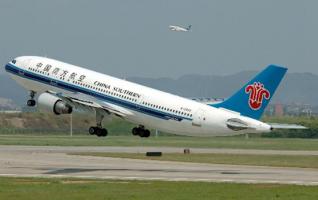

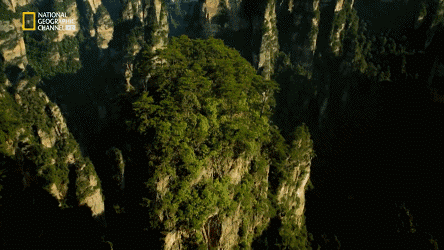
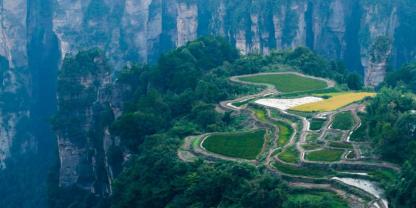
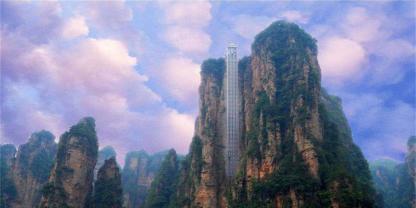
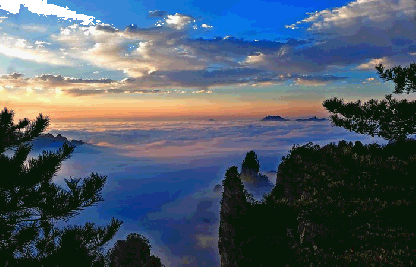
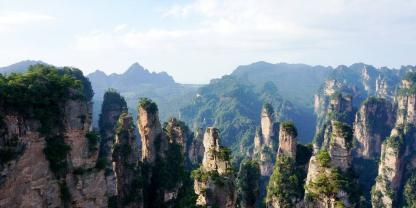


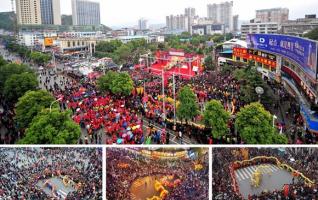

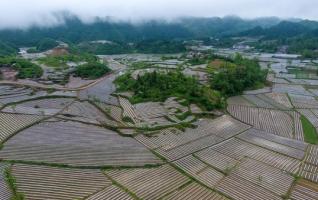


![Top food recommendation for Hunan tourism[Photo Gallery]](http://www.zjjbk.com/uploadfile/2017/0521/thumb_318_200_20170521042544645.jpg)
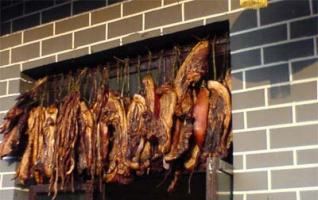

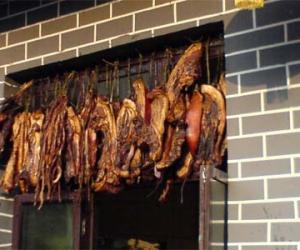
![Zhangjiajie old method of producing vegetable oil[Photo-step process]](http://www.zjjbk.com/uploadfile/2016/1220/thumb_318_200_20161220044619231.jpg)

